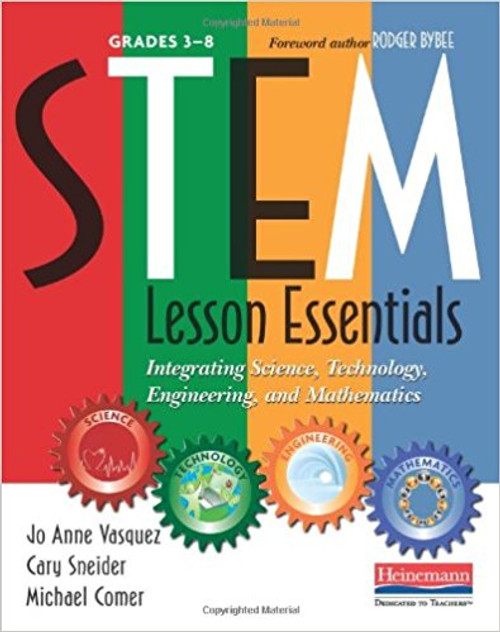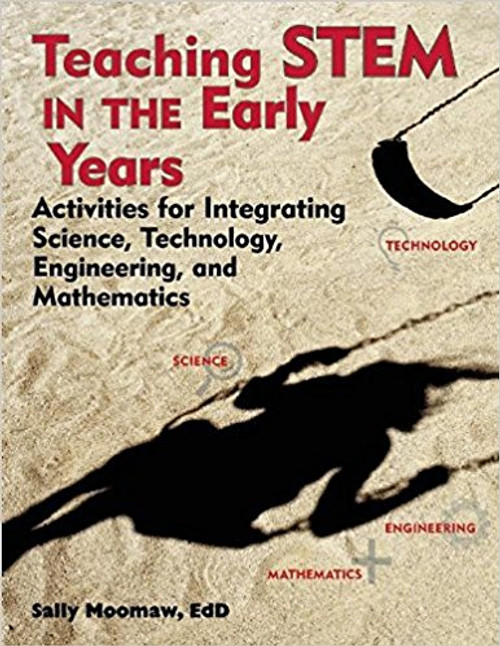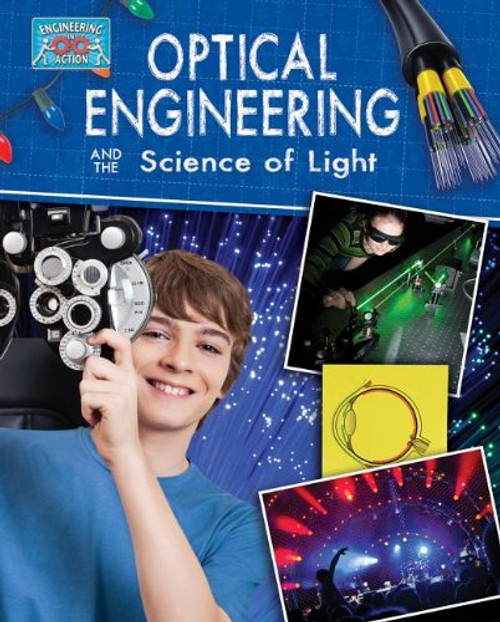Product Description
"STEM Lesson Essentials moves beyond the rhetoric and provides knowledge, tools, models, and examples that make STEM a reality of teaching and learning in classrooms."
—Rodger Bybee, Executive Director (Retired), Biological Sciences Curriculum Study
Want to know how to implement authentic STEM teaching and learning into your classroom? STEM Lesson Essentials provides all the tools and strategies you’ll need to design integrated, interdisciplinary STEM lessons and units that are relevant and exciting to your students. With clear definitions of both STEM and STEM literacy, the authors argue that STEM in itself is not a curriculum, but rather a way of organizing and delivering instruction by weaving the four disciplines together in intentional ways. Rather than adding two new subjects to the curriculum, the engineering and technology practices can instead be blended into existing math and science lessons in ways that engage students and help them master 21st century skills.
STEM Lesson Essentials shows teachers how to begin the STEM integration journey with:
- five guiding principles for effective STEM instruction
- classroom examples of what these principles look like in action
- sample activities that put all four STEM fields into practice
- lesson planning templates for STEM units.
Explicit connections are made among the STEM practices, including the Common Core Standards for Mathematical Practice and the Framework for K-12 Science Education, helping you easily recognize ways in which STEM lessons can engage students in multiple standards at the same time.
With ideas that are practical and achievable in any classroom, STEM Lesson Essentials will give you the confidence and knowledge to weave engineering and technology concepts into your math and science curriculum. STEM teaching doesn’t have to be hard. You just have to get started. Try it out with STEM Lesson Essentials, and watch student understanding, achievement, and motivation soar.
Table of Contents:
- You May Already Be a STEM Teacher
- STEM Literacy
- Guiding Principles
- An Approach That Came Naturally
- What Are the STEM Practices
- Gearing Up to Teach STEM Practices
- Why Technology and Engineering?
- Three Approaches to Integrated STEM
- Cootie Bugs Unite Science and Mathematics
- A Pig's Tale
- Giants and Borrowers
- Project-Based Learning
- STEM Assessment
- Getting Started on Your STEM Teaching
- Implementing STEM in a Middle School
- From Ripple to River: A Large Urban School District's Journey Moving STEM into the Main STREAMS
- Resources for Creating STEM Curricula
IN DEPTH:
STEM Education, an Operational Definition
We, the authors of this book, have agreed on a definition of STEM education. Through much discussion with professional colleagues from all over the country and with careful vetting for clarification and understanding, we offer this definition to help guide our discussion of STEM education in this book.
STEM education is an interdisciplinary approach to learning that removes the traditional barriers separating the four disciplines of science, technology, engineering, and mathematics and integrates them into real-world, rigorous, and relevant learning experiences for students.
Unlike the well-trodden paths of mathematics and science teaching, STEM education is relatively new. For the past decade, we have been exploring this new frontier, and we don't claim to have all the answers. However, we believe we have learned enough to share our insights with you, the reader; and so we invite you to join us on our STEM journey. Here are some of the questions we will explore along the way:
- What is STEM teaching and learning? What does it look like in different classroom settings?
- What is STEM literacy?• What are the different interdisciplinary levels of STEM teaching?
- How can an elementary teacher in a self-contained classroom begin to create STEM lessons and units?
- How can a content-specific teacher work with others to connect the STEM disciplines with each other and with language arts, social studies, art, and music?
- How will STEM help you do a better job of teaching the big ideas in the content areas and make the learning relevant for your students?
- How does STEM teaching and learning promote twenty-first-century skills?
- How can you help others in your district cross disciplinary boundaries to create a richer, more meaningful environment for students in your school and district?
Here is an overview of your STEM journey as you travel with us through this book:
Chapter 2 defines STEM literacy and explains why it's important for everyone to become STEM literate.
Chapter 3 lists the five guiding principles for effective STEM instruction: (1) focus on integration, (2) establish relevance, (3) emphasize twenty-first-century learning skills, (4) challenge your students, and (5) mix it up by providing a variety of instructional tasks and ways for your students to demonstrate their understanding.
Chapter 4 provides an example of what these principles look like in the hands of a master teacher.
Chapter 5 describes science and engineering practices as well as the practices in technology and mathematics. Figure 5.1 at the end of the chapter invites you to compare practices across the four fields to view their similarities and differences and see how they complement each other.
Chapter 6 describes an activity involving toy gears that is designed to engage students in guided activities in which they put practices to work in all four STEM fields.Chapter 7 focuses on the two new partners to science and mathematics instruction-technology and engineering-and explains why they are important.
Chapter 8 describes three broad approaches to STEM education: multidisciplinary, in which teachers of several subjects coordinate their teaching to emphasize connections across the curriculum; interdisciplinary teaching, in which two or more subjects support each other; and transdisciplinary, that reflects students' interests and questions.
Chapters 9-11 give examples of what these levels of integration look like in the classroom. Chapter 9 describes what an interdisciplinary integrated science and mathematics lesson looks like at the elementary (3-5) grade level. Chapter 10 describes a middle school STEM unit that reflects all three integrated approaches, and Chapter 11 describes what these approaches look like from the perspective of a seventh-grade mathematics teacher.
Chapters 12-14 offer additional ideas for developing STEM lessons. Chapter 12 describes project-based learning, an especially powerful form of transdisciplinary instruction, and Chapter 13 offers suggestions for assessing integrated STEM units. Chapter 14 provides a template for getting started on planning a STEM lesson or unit and describes how the template was used to develop the Gears unit in Chapter 6.
Chapters 15 and 16 look at implementing STEM instruction at the school or district level. Chapter 15 provides an example of how a team of middle school teachers are applying these principles in the context of a unit of study that incorporates not only the four STEM fields but also language arts and social studies. Chapter 16 is a story of how an entire K-8 school district adopted an integrated STEM approach for all their students.
Chapter 17 provides a listing of other resources that go beyond this book to help you begin to implement STEM teaching in your classroom, school, or district







